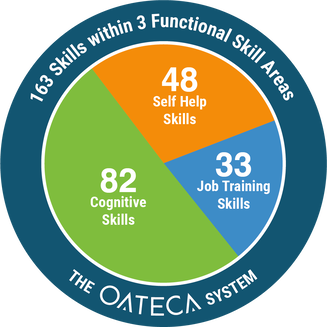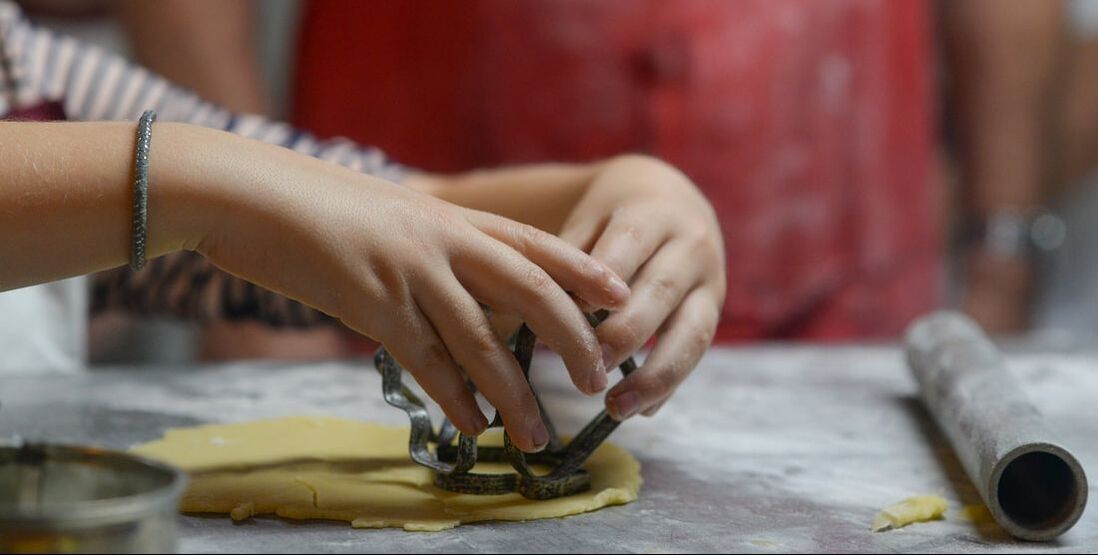|
As a parent, we know your number one priority is your child. And while a child’s success in the classroom is important to their development, their development and transition planning at home is arguably just as important. What do we mean by this? Children with special needs require resources and transition planning activities both inside and outside the classroom to help them grow and transition to adulthood. These transition activities take into consideration the child’s individual preferences, needs, and interests. Transitioning to adulthood does not happen overnight, but there are several things you can do at home to allow your child to be as independent as possible and provide a nurturing and helpful learning environment outside of the classroom. 1. Familiarize Yourself With Federal MandatesWith the all-important federal law, the Individuals with Disabilities Education Act (IDEA), children with disabilities are entitled to a “free appropriate public education” (FAPE). What this law means is that schools must provide specially designed instruction to eligible children with disabilities. This special education instruction must meet the child’s unique learning and development needs at no cost to the parents. IDEA is the basis of your child’s educational rights, so the first step in supporting your child’s development should be to familiarize yourself with this law. You can find more detailed information on The Department of Education’s official IDEA site. 2. Knowing Your Child’s Individualized Education Program (IEP)The next step in supporting your child’s development is creating a plan for their education, also known as the Individualized Education Program (IEP). The IEP lists the specific special education services your child will receive based on their individual needs — and it serves as the foundation for your child’s education. Developing an IEP involves the following:
As a parent or caregiver, you bring critical information to the above-mentioned meeting. You know your child better than anyone else; you know their strengths, weaknesses, and everything that makes your child unique. With this information, you can help the educators develop an IEP that will work best for your child. You can learn more about an IEP and the process of creating it at The Center for Parent Information and Resources. 3. Maintain Structure and a Schedule at HomeStudents with disabilities typically thrive in structured and uniform environments, mostly because they are introduced to an organized routine that makes their work easier to accomplish. Structure can be a significant issue at home, as there are no timetables or set class times. However, parents can still provide this structure. Whether it’s the weekend, a holiday, you are embarking on an at-home learning journey, or your school is closed due to unavoidable circumstances (e.g., COVID-19 or inclement weather), it’s up to the parents to maintain that stability and schedule at home. To start, communicate regularly with teachers and paraprofessionals. This communication will help you learn more about your child’s daily activities and routine — which will make it much easier for you to uphold that schedule at home. The functional skills curriculum should also make it clear what work needs to be done and when. Depending on the child’s age, it may also be helpful to provide a “to-do list” for the daily assignments, so the child will know what to study or accomplish and in what order they should complete their lessons. 4. Focus on These 3 Functional SkillsFunctional skills are tools that encourage your child to live their daily life independently. These skills establish a quality of life and allow children to participate in daily activities to achieve important goals. Essentially, “functional" refers to “routine, everyday activities.” The purpose of your child’s IEP is to prepare them for life after school, and functional skills are a core part of that special education curriculum. There are three categories of functional skills that are important to your child’s special education curriculum:
Ultimately, these skills are considered functional as long as the outcome supports the child’s independence. For some children, those skills may be learning to refill and drink out of a water bottle or how to shred paper. For other students, it may be learning to use a bus or go grocery shopping. 5. Practice Transition Planning Activities at HomeAge-appropriate, at-home learning can help bring about good transition outcomes for your child. There are several transition planning activities you can practice to help your child be as independent as possible. For example, you can help your high school child practice filling out job applications or learn how to write a college essay. For your middle school child, you can help them count money and make correct change, as well as teach them how much and how long they would have to work to earn that amount of money. For younger children, you can assign them child age-appropriate chores to practice using household appliances (e.g., blender, toaster oven, washer and dryer, etc.) For more special education transition activities and guidance, check out this helpful guide by the U.S. Department of Education. Finding Support for Your Child’s DevelopmentBeing a parent is the most rewarding — and difficult — job in the world. If you have a child with special needs, your job is not any less rewarding, but it can be more complex.
While your child's educational pathway may be different, you are not alone. With patience, planning, and support from your school’s wonderful special education teachers, you can help your child thrive and reach their full potential.
0 Comments
Your comment will be posted after it is approved.
Leave a Reply. |
ArchivesCategories
All
|
|
Oklahoma Assistive Technology and Educational Consulting Associates, Inc.
|
Your Personal Assistive Technology Professionals
|







 RSS Feed
RSS Feed
